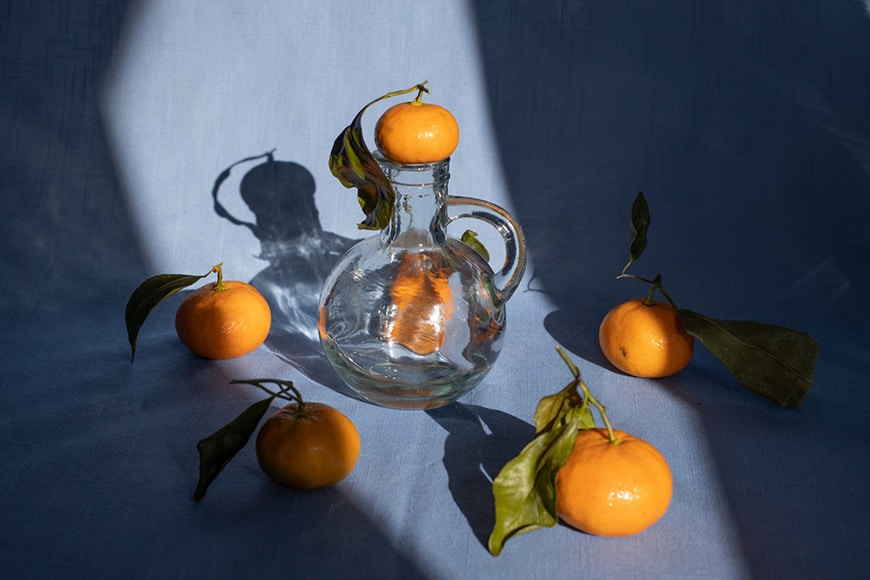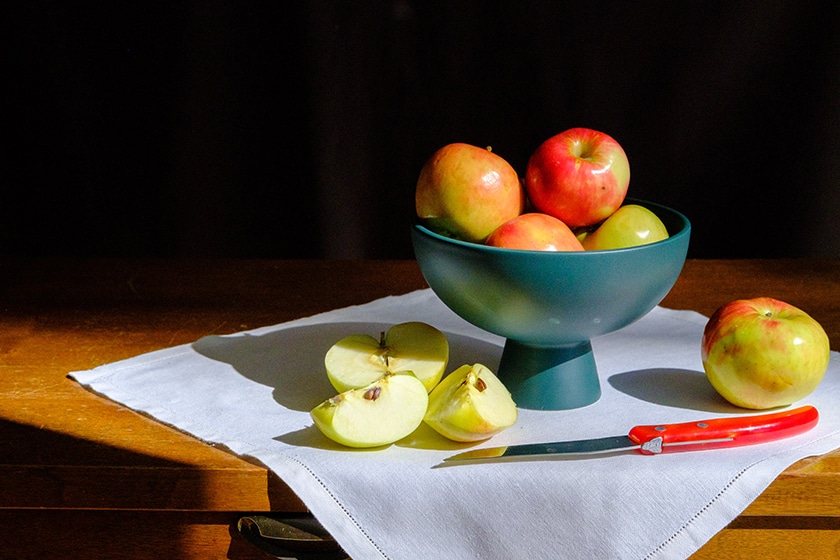Still life photography is more than just taking photos of inanimate objects—it is the art of transforming the ordinary into the extraordinary. Through thoughtful composition, lighting, and storytelling, photographers can create compelling visuals from everyday items. From professional product shoots to creative personal projects, still life photography serves as a foundational skill for photographers across all genres.
In today’s fast-paced digital world, where visual content drives engagement, still life photography allows creators to slow down and experiment. Whether you’re aiming to sell products, learn the fundamentals of light and shadow, or simply want to capture beauty in simplicity, this genre provides endless opportunities for exploration and growth.
Still life photography is a genre that focuses on capturing non-living subjects in carefully composed settings. These subjects can include food, flowers, household items, books, or abstract objects. The photographer arranges these elements intentionally to evoke emotion, tell a story, or simply showcase texture and form. Unlike genres like portrait or landscape photography, the photographer has complete control over the scene.
It shares creative DNA with fine art and painting, dating back to Dutch still life paintings of the 17th century. While modern photography tools have changed the way we capture images, the core principles remain the same: composition, lighting, mood, and meaning. Still life photography is also a gateway to other genres like product photography, macro photography, and even food styling.
One of the best parts about still life photography is that you don’t need expensive gear to start. A decent DSLR or mirrorless camera paired with a sharp lens—especially a macro lens—can help you achieve stunning results. When selecting the best camera for photography, look for models that offer manual settings and high image resolution to capture fine details.
In addition to the camera, a tripod is essential for stability, especially during long exposure or low-light shoots. Soft lighting, either from natural sources like windows or artificial sources like LED panels and softboxes, plays a crucial role in shaping the look of your photos. You’ll also want to keep some props, textured backdrops, reflectors, and editing software like Adobe Lightroom handy for post-processing.

Composition is what separates a snapshot from a story. In still life photography, how you arrange the objects matters as much as the objects themselves. Using principles like the rule of thirds, leading lines, and negative space can guide the viewer’s eye and create visual harmony. You can also experiment with balance, symmetry, or controlled chaos, depending on your creative goals.
Creative direction is limitless. You can explore minimalist setups with a single item, thematic collections (like vintage tools or natural elements), or bold color schemes. Draw inspiration from other photography genres—boudoir photography for sensual mood lighting, black and white photography for dramatic contrast, or nature photography to incorporate organic textures. The point is to let your creativity lead the way.
Lighting in still life photography can define your subject’s texture, shape, and emotional tone. Soft, diffused lighting works well for gentle, elegant scenes, while hard lighting with sharp shadows can add tension or mood. Natural window light is perfect for beginners, but professionals often prefer using adjustable LED lights or studio strobes to have full control over brightness and direction.
Editing is the final touch where you bring your image to life. Use post-processing to enhance contrast, color, and clarity. A common technique in still life photography is converting color images to black and white to emphasize form and tone. Whether you aim for realism or abstraction, your editing choices should align with your creative vision and maintain consistency across your portfolio.
Still life photography is a genre that welcomes both beginners and professionals. If you’re just starting out, try photographing fruits, flowers, or stationary items under soft natural light. These familiar objects allow you to focus on refining your technique without being overwhelmed by complexity. Experiment with different angles, shadows, and textures to understand how light behaves.
For intermediate and advanced photographers, consider exploring abstract still life, surreal object arrangements, or storytelling compositions. Add elements from newborn photography or even nude photography for artistic complexity. Try creating commercial-style images that could be used in stock photography or real estate photography. Mixing styles will not only help you improve your skills but also diversify your portfolio for potential photography jobs.
You don’t always have to shoot your own content. If you’re looking for free still life images for inspiration or use in digital projects, websites like Unsplash, Pexels, and Pixabay offer a wide range of high-quality, royalty-free options. These platforms provide images you can legally use for personal and commercial projects, often with no attribution required.
Studying professional still life images from stock photography sites can also help you understand what sells and how different lighting or editing styles are applied. While it’s no substitute for hands-on practice, curating a reference library from these platforms can spark creative ideas and guide your future shoots.
Still life photography is not just an art form—it’s a learning platform. By mastering light, shadow, composition, and mood, you build skills that directly translate into other photography genres like portrait photography, macro photography, and even street photography. It’s also an ideal training ground for those looking to pursue photography jobs in advertising, e-commerce, or editorial content.
To improve further, consider enrolling in photography classes near me or online. Platforms like Skillshare and MasterClass offer in-depth courses taught by industry professionals. Study the work of renowned artists such as Monica Keasler Photography to find your own style. Whether you’re self-taught or formally trained, consistency and experimentation are key to growth.
Still life photography may seem simple at first glance, but it’s one of the most rewarding and complex forms of visual storytelling. It allows photographers to slow down, think intentionally, and develop technical and artistic mastery. From learning how to work with light and props to editing for emotional impact, the possibilities are limitless.
Whether you’re pursuing photography as a career or exploring it as a creative outlet, still life photography provides a strong foundation. With practice, patience, and curiosity, you can turn everyday objects into extraordinary pieces of art that resonate across platforms and audiences.
What is still life photography used for?
Still life photography is used in advertising, fine art, product catalogs, and educational materials. It’s ideal for learning foundational photography techniques.
Do I need a studio to shoot still life photography?
No, you can shoot at home using natural light and household items. A window and a table can be enough to get started.
What’s the best lens for still life photography?
A macro lens is great for capturing detail, while a 50mm or 85mm prime lens provides sharpness and beautiful background blur.
Can I use my still life photos for stock photography?
Yes, many photographers earn passive income by uploading still life photos to stock platforms like Shutterstock and Adobe Stock.
Is still life photography suitable for beginners?
Absolutely. It’s one of the easiest genres to start with, requiring minimal equipment and offering full creative control.
You may also read: Newborn Photography in Karachi – Professional Baby Photoshoot Studio

